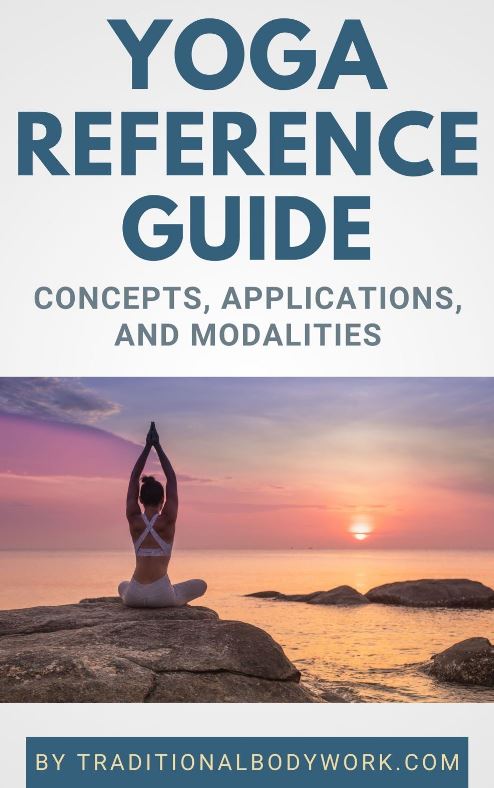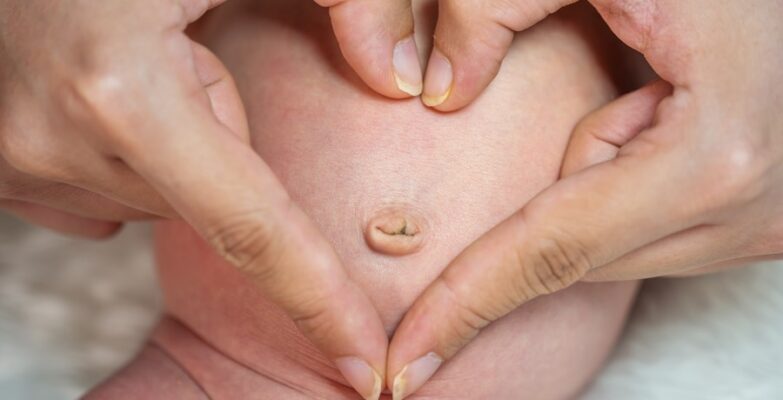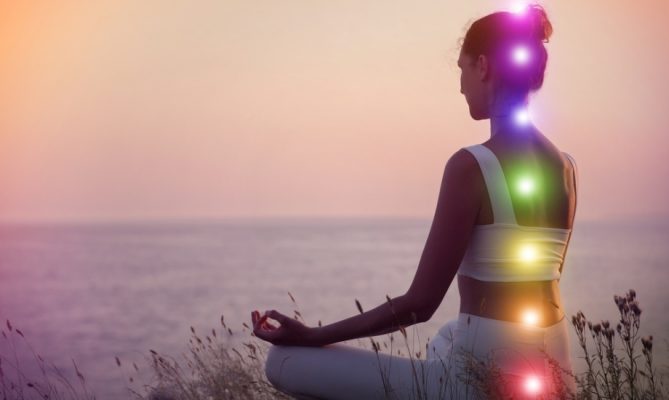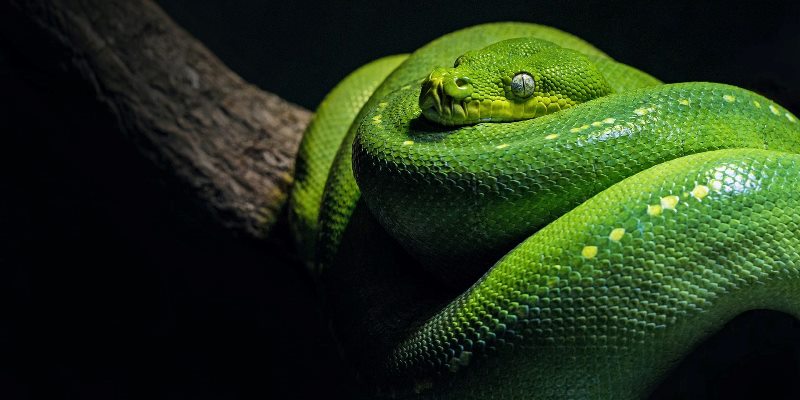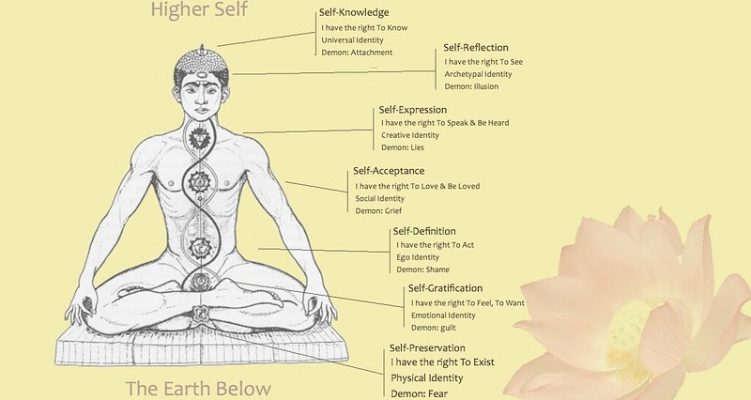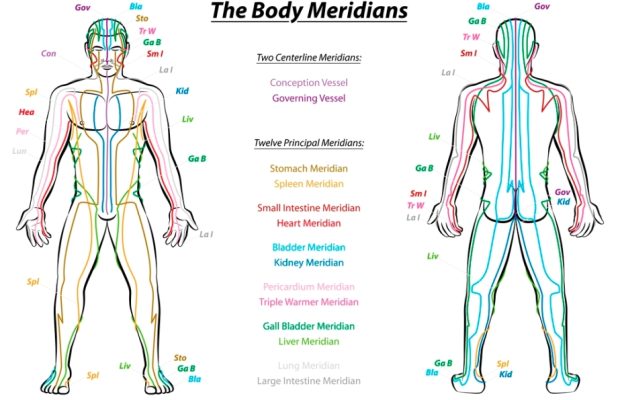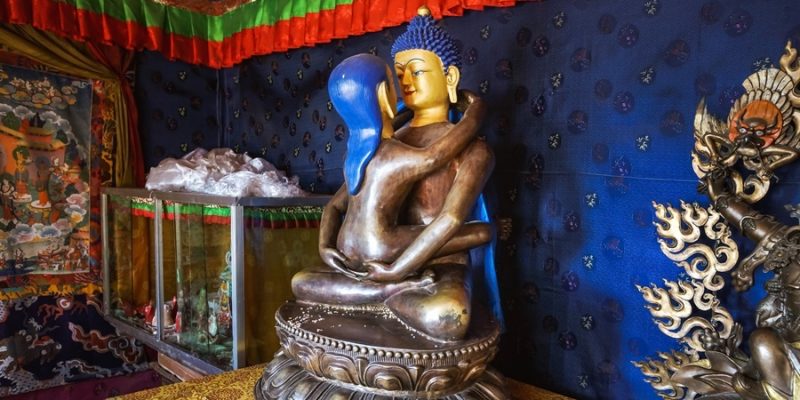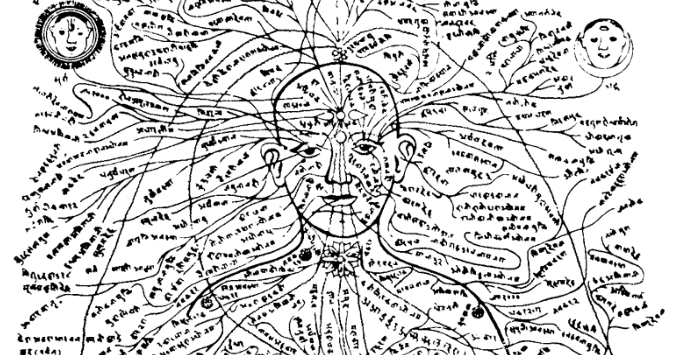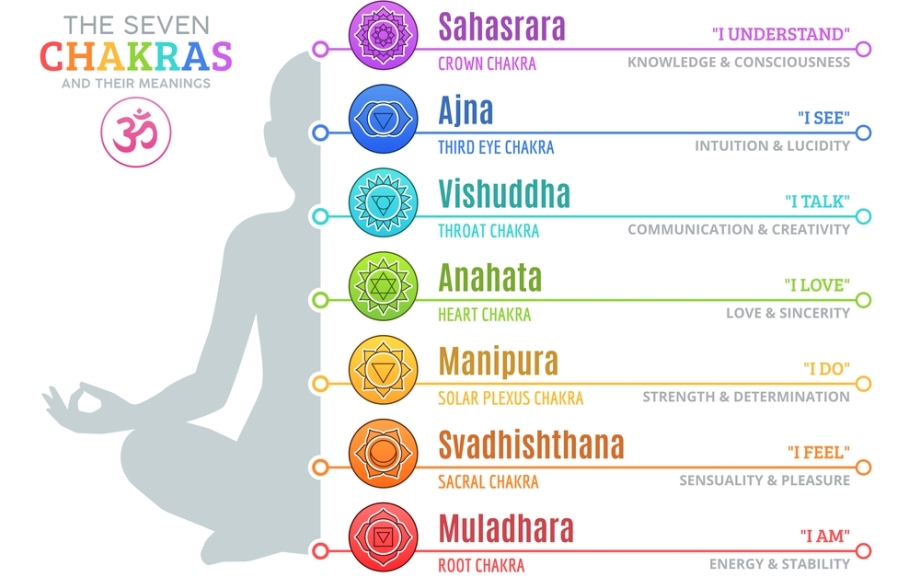
Chakra (or Cakra) is the Indian Sanskrit name for wheel, circle or cycle, and is thought to be a location in the subtle or pranic body, a “distribution center” of Prana (Vital Life Energy), which, depending on the type of Chakra, has certain qualities, functions or properties, being able to transform and dispense pranic energy. It’s generally thought that the concept of Chakras is of Indian Tantric origin.
Introduction to the Chakras
Note that the various — seemingly endless — functions and properties of the Chakras, have, depending on the specific Indian spiritual tradition, lineage and context, a vast variety of characteristics. Actually, it would be impossible in the line of this article to embark on such a topic, which would easily need a complete booklet to expound.

Chakras are also thought to connect the Prana Energy Channels in the body, the so-called Nadis, the latter amounting to 101, 72000, 350000, or more channels, depending again on the classic Yoga scriptures one consults, or the Yogic spiritual lineage or tradition.
Some ancient sources state that when a specific number of Nadis converge, they represent (or form) a Chakra. In other sources, it’s said that at the locations where the three major Nadis intersect (Ida, Pingala, and Sushumna Nadi) a Chakra is formed, hence creating the seven main Chakras.
The number of primary or main Chakras (there are also smaller or minor Chakras, on which we’ll talk later in this article) — and sorry to again needing to say this — the number varies depending on the spiritual tradition, and the goal and context of teachings.
In any case, there can be five, six, or seven principal Chakras, most commonly though it’s said there are seven, and we’ll name them in a down-to-up order, that is, starting from the base of the spine and going up to the top of the head, along the spinal column:
Seven Chakras
1. Muladhara Chakra (Root Chakra)
Muladhara is located near the coccyx and is the mystical Chakra where Kundalini Awakening starts.
Kundalini Energy is thought to be the creative power and divine feminine energy which can be channeled upwards through the other Chakras, along the spine and Sushumna Nadi, up to the Crown Chakra, resulting in spiritual perfection, Divine Union (with the Masculine Energy), Enlightenment and Bliss.
The Muladhara Chakra is associated with the earth element, representing our ability to stand firmly grounded in life. If Muladhara is balanced, one feels calm, steady, and comfortable in one’s body and in the world.
2. Svadhishthana Chakra (Sacral Chakra)
The Sacral Chakra is located two finger-widths above the Muladhara Chakra, seen from the back, and just below the navel seen from the front.
It’s thought that opening this Chakra can boost creativity, confidence, pleasure, self-esteem, relationships, sensuality, healthy sexuality, determination, independence, fertility. Moreover, it’s believed that Svadhishthana protects against dangers and enemies.
3. Manipura Chakra (aka Navel Chakra or Solar Plexus Chakra)
Manipura Chakra is located just above the navel, associated with the fire element and transformation. It’s also responsible for our (physical and emotional) digestion and metabolism.
An open Manipura Chakra is furthermore said to simulate vitality, action, movement, energy, will power, and achievement.
4. Anahata Chakra (Heart Chakra)
Anahata is located near the heart, and is associated with balance, openness, purity, love, compassion, charity, cleanliness, inner healing, calmness, and serenity.
It’s thought that Anahata enables us to make decisions “that follow the heart,” in accord with our higher, true self.
5. Vishuddha Chakra (Throat Chakra)
The Vishuddha Chakra is located at the throat region (hence the name).
It’s known as a purification and detoxification center, and associated with creativity, wisdom, truth, inspiration, learning, clear speech, communication, and self-expression.
6. Ajna Chakra (Brow Chakra or Third-Eye Chakra)
The Ajna chakra is said to be located in the center of the forehead, between the eyebrows.
It’s associated with intuition, awareness, clear perception, psychic abilities, higher knowledge, inner wisdom, release of the ego, imagination, and intellect.
7. Sahasrara Chakra (Crown Chakra)
The Crown Chakra is usually said to be located at the fontanelle (soft spot) on the top of the head (called Brahmarandhra), which is also thought to be the location where the soul leaves the body at death.
This Chakra relates to absolute wisdom, spiritual awakening, divine connection, and pure consciousness. If one’s Kundalini Energy rises up to this point, the state of Spiritual Enlightenment will be attained.
Further Correlations
As already said above, there are additionally a number of “minor” Chakras, let’s say, smaller energy distribution centers (“affiliates” of the principal Chakras) that are located throughout the body. In fact, some important acupressure points or Marma points, as they are called in Ayurveda Medicine and Yoga, are associated with these minor Chakras.
The seven main Chakras are thought to be located along the Sushumna Nadi, which is one of the three principal energy channels in Ayurvedic and Yogic theory. The Sushumna Nadi energy channel runs along the spinal cord through the seven principal Chakras. It’s considered the central, primordial channel for the flow of Prana Life Energy in the body.

In Indian Yogic philosophy it’s said that by opening (or unblocking) Sushumna Nadi one gives Kundalini Energy the chance to ascent from the perineum (from out the lowest located Chakra called Muladhara) to the top of the head (to the highest located Chakra named Sahasrara ) traveling through the various Chakras and activating their proper functioning. It’s furthermore thought that rising Kundalini Energy leads to spiritual growth and finally to spiritual liberation, Moksha or Enlightenment, and Bliss.
Chakra manipulation and Chakra opening plays an important role in many Indian Ayurvedic, Tantric and Yogic practices, such as in various types of Yoga, and very particular in Kundalini Yoga, in Tantra Yoga, Marma Point Therapy, and in a range of other Ayurvedic massages and treatments, including modern Tantra Massage, to name a few examples. A variety of tools and exercises are used, like massage, acupressure, Pranayama, visualizations, Mudras, Yantras, Bandhas, Kriyas, and Mantras, and such, to manipulate the flow of subtle Pranic energy through the Chakras and the Nadis.
The idea of Chakras extends also to other traditional medicine and healing systems in Asia, notably to Buddhist oriented bodywork all over Asia, like in Tibet, Japan, China, and Thailand, with Thai Traditional Medicine and Traditional Chinese Medicine as notable examples.
For instance, in Traditional Chinese Medicine (TCM), specifically in Qigong, Tai Chi and in the Chinese Martial Arts, there’s the concept of the Microcosmic Orbit (the principle circuit of Qi), where energy rises up a main meridian along the spine, and comes back down the front of the body. While circulating, Qi enters various Dantian (elixir fields), which act as “burners,” where the types of energy in the body are refined. These Dantian can be very much compared with the idea and role of the Chakras.



